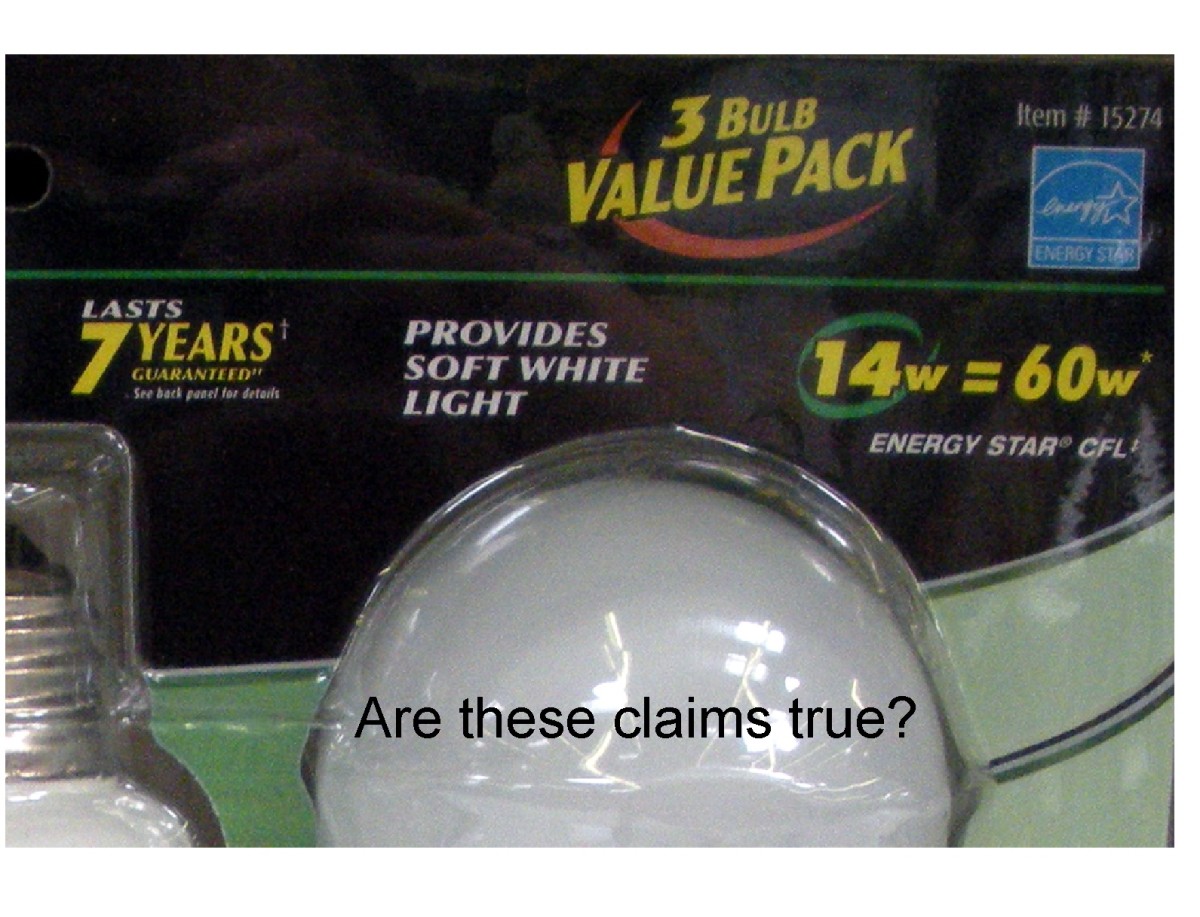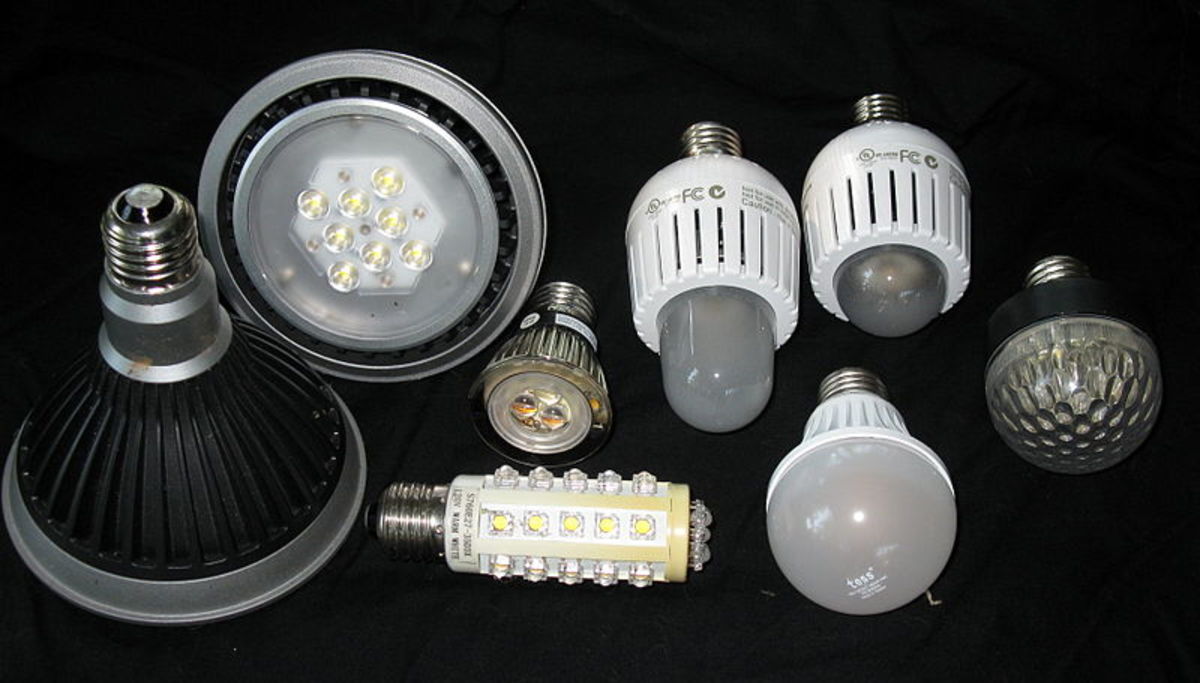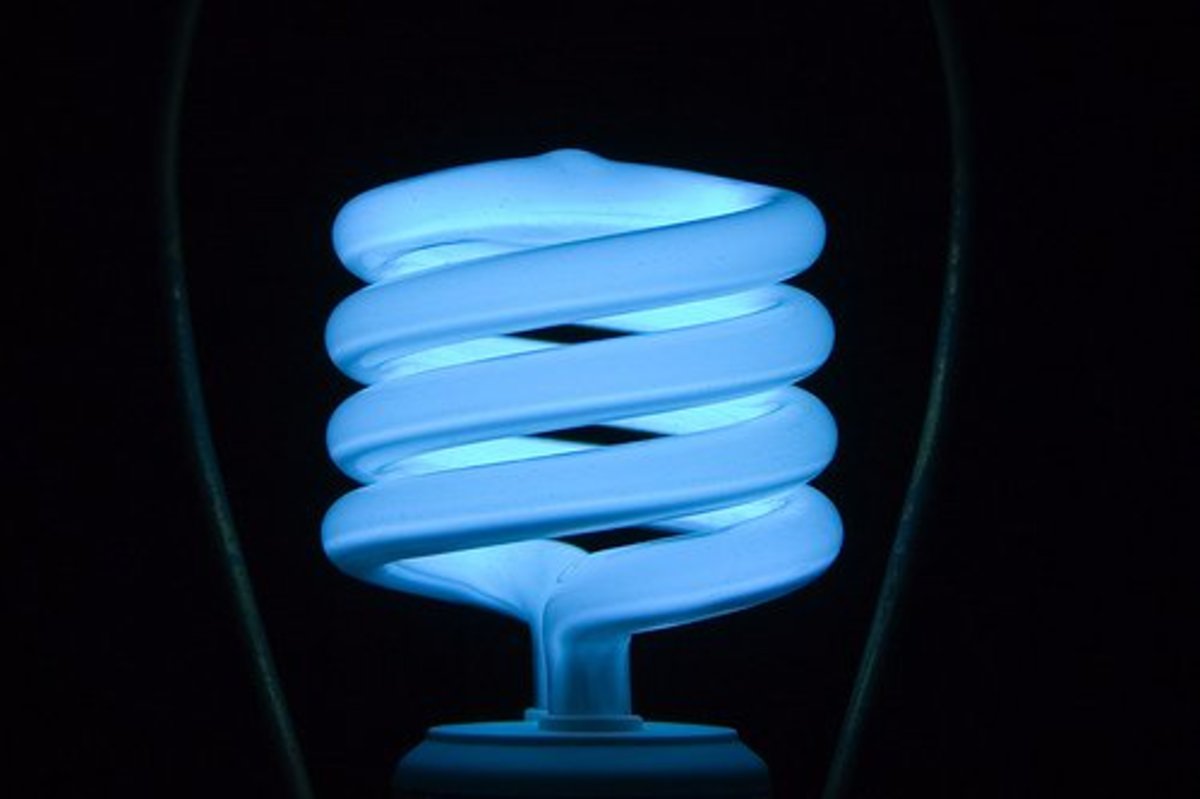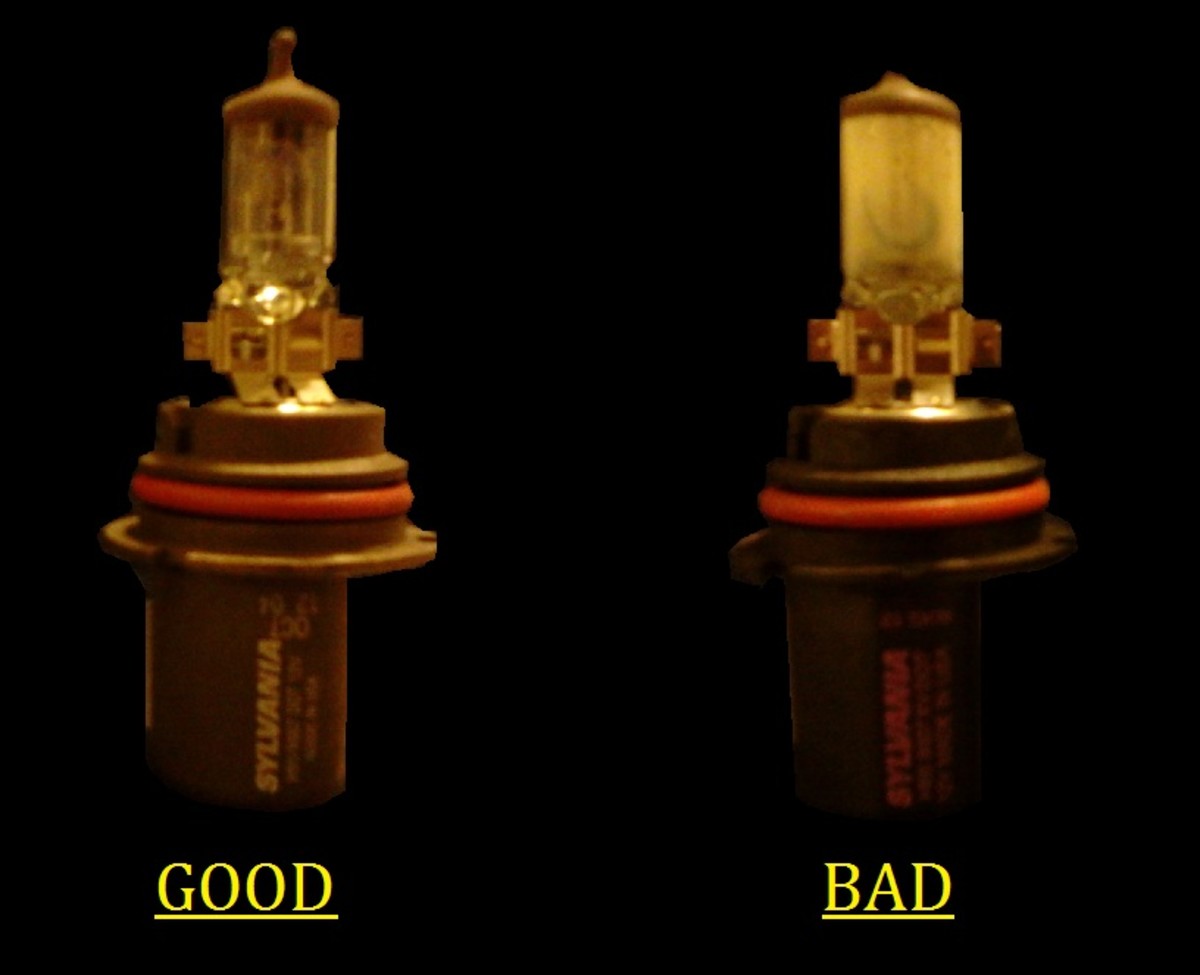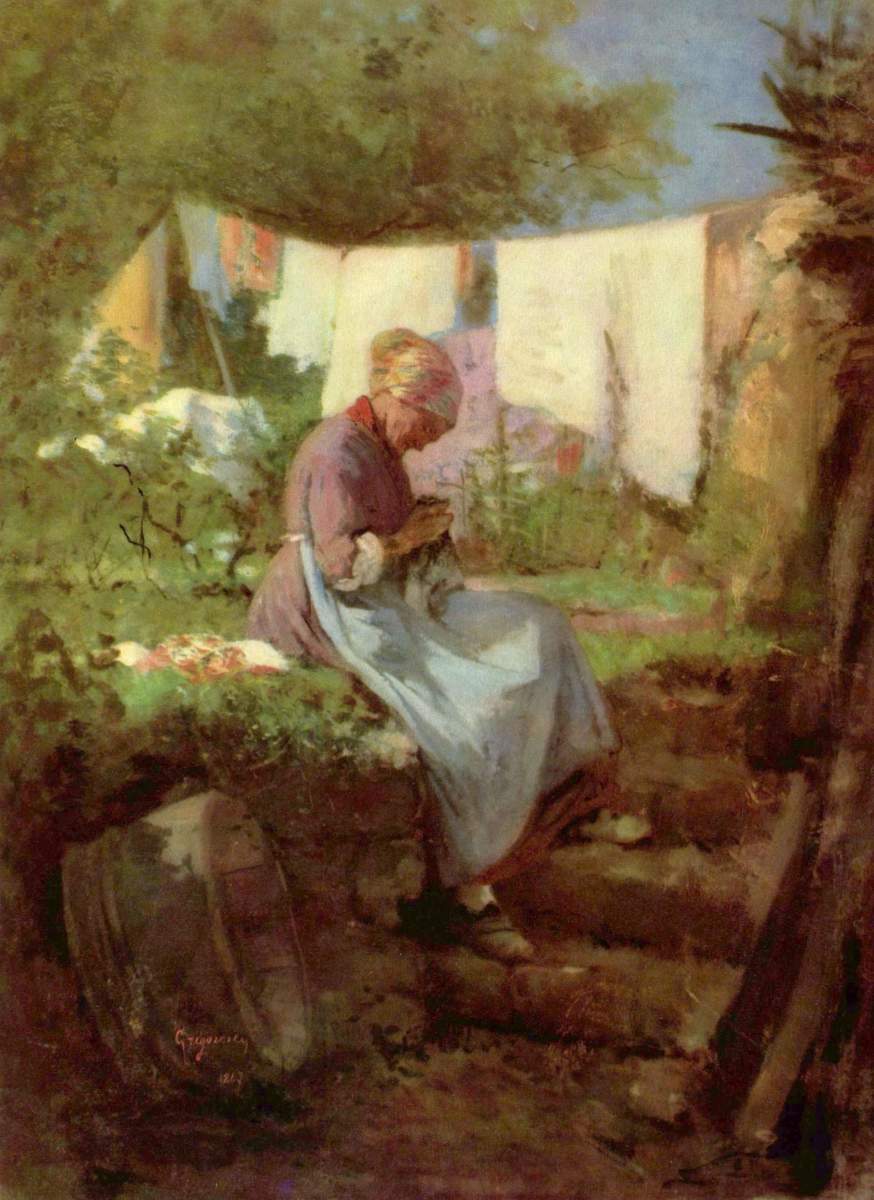Light Bulb Phase-Out in America
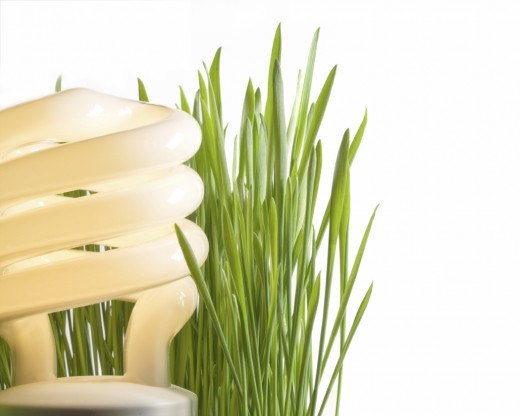
I have tried CFL bulbs and proven their claim.
A couple of years ago I changed out twenty incandescent light bulbs in my apartment with CFL bulbs. I kept track of the previous year’s electric energy expenses and compared them with a year’s use of the CFLs. One year later I had saved a full 21 percent over the previous year, or $133.
Although I spent more actual money than in the previous year, I paid less essentially because my energy usage was decreased and, most importantly, because the bulbs effectively eliminated two rate increases that occurred during that time. (About 20 percent of your electric energy usage results from lighting.)
Moreover, I spent $65 on the bulbs and in one year earned it back double besides the continued use of the bulbs that should last, conservatively, anywhere from 5-7 years. That’s a deal!
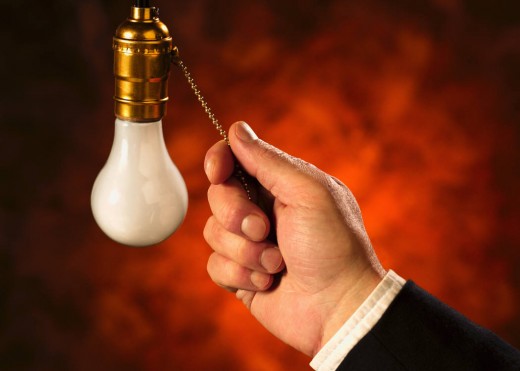
The Phase-Out
I would try to persuade you to use CFLs (compact fluorescent lamp), but now I don’t need to because in the next few years you will have few other options.
You see, the traditional Edison incandescent light bulb is set to go out forever in the next few years. On January 1, 2012, a phase-out (in the U.S.) began that requires light bulbs to become at least 25 percent more energy efficient. It starts with the 100 watt bulb and will continue each year with another: the 75 watt bulb in 2013 and the 60 and 40 watt bulbs in 2014.
This phase-out is part of the Energy Independence and Security Act of 2007 that seeks to move the nation toward greater energy independence, production of clean renewable fuels, and efficiency. As it pertains to lights, manufacturers are now required to produce general-use lights with a maximum wattage not greater than 72 watts. A few specialty bulbs, however, like 3-way bulbs and appliance bulbs, are exempt from the mandate.
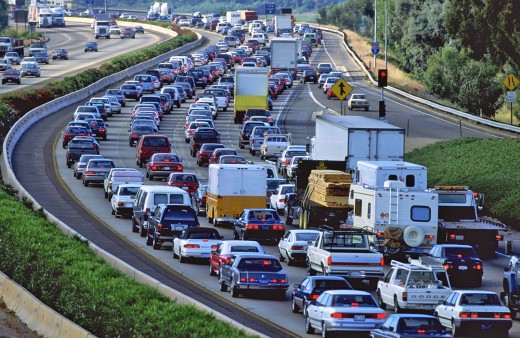
The Benefit of More CFLs
The reason for the change? Although the light bulb’s invention was a bright idea, it was a wasteful one and has been ever since. The regular incandescent bulb gives off the majority of its energy not as light but heat—about 90 percent of it! Remember how hot-to-the-touch they are? So the U.S. is falling in line with a host of other nations that have already begun phasing out the bulb. America is actually among the last to implement the change thus far.
The alternative is worth it, too. Once the phase out is complete, the new energy standard guarantees the elimination of about 500 million tons of carbon dioxide emissions, or the equivalent of taking 8 million cars off the road. Again, that’s a deal.
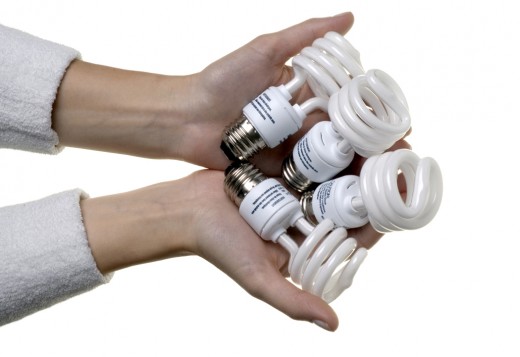
What are Lumens?
Changes in what you see at the store should be appearing now. There will be new labeling on light bulb packages that will list the bulb’s life span, energy consumption, character (warm, cool), and, most importantly, the lumens. Lumens indicate how bright the light is. The new label will allow buyers to purchase lights based on their brightness (800-1600 lumens) and not their energy usage (60-75-100 watts).
Finally, choices of lights in the demise of the Edison incandescent will namely be three: the halogen incandescent bulb; the mercury-free LED bulb, and the CFL. The best one is the LED bulb because it uses the least energy, lasts about 25 times longer than traditional bulbs, and contains no mercury; but it is quite expensive. The halogen bulb is expensive also.
The most bang for your buck is the CFL—really. It lasts about 10 times longer than standard bulbs and isn’t too costly. And its energy consumption is only 10-15 watts for a 60 watt equivalent bulb. It contains a tiny amount of mercury though, so don’t break it (see the link below). I have found, however, that these bulbs are made stronger than incandescent bulbs.
One more thing: disposal. Never toss CFLs in the trash. They contain a small amount of vaporous mercury that is yet toxic and contaminating. You should always take your CFL bulbs to a recycle center that handles them. Local hardware stores should accept them (Lowe's and Home Depot do.) For more certainty, go to Earth911.com and find a recycle center in or near your zip code.
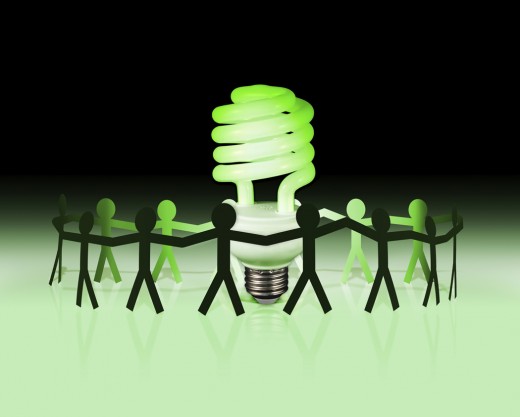
Your Turn to Save
There. If you didn’t know that you were in for a change, now you do and you've got some knowledge on the matter. I applaud this move by the government. As the biggest energy consumer in the world, we have to do our part to reverse negative effects.
So go ahead and pick up a box of CFLs the next time you're in the store. (I suggest you buy from a hardware store. I bought from a big-box store once and had to return three times because lights didn't work or were broken.) Get started early—it can only save you money. I already know how happy you’re going to feel watching your electric bill decrease, and you will get the joy out of doing your part to leave our earth a better place.


